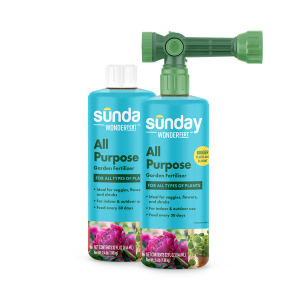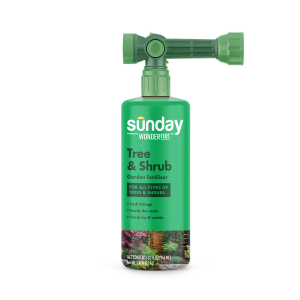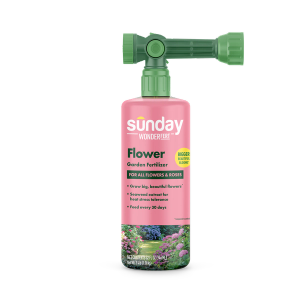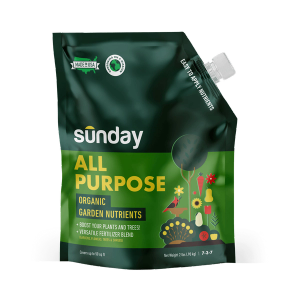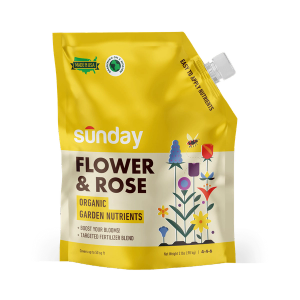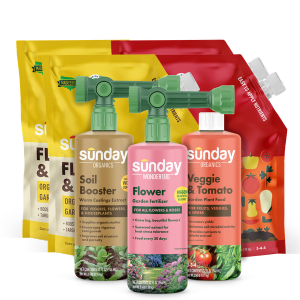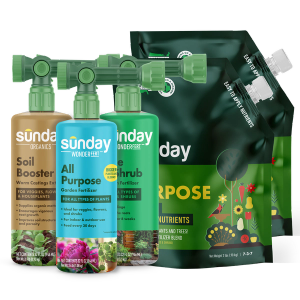Right plant, right place
Before you choose a tree species, you need to think about where you’re going to plant. Remember, it’s important to put the right plant in the right place. Knowing the conditions of your planting area will quickly narrow down the options of suitable tree species. Consider the following when thinking about location:
- Mature tree size (how big is the tree going to be, and is there enough room in your planting area?)
- Sun requirements (how much light does this species need to grow, and can it get the light it needs where you plan to plant?)
- Moisture needs and availability (Is this area wet? Dry? Is it easy to water in this location?)
- Suitability for your climate/region (can the species withstand the heat, drought, snow, ice, or wind that your region gets?)
- What other nearby plants might be impacted by tree growth
How to select a tree
To narrow down your selection, ask yourself this: What do you want from a tree? Do you want something edible, or are you trying to add value, shade, or privacy to your plot of land? Do you want an explosion of color in the fall, or do you want an evergreen that will hang around all year? Are there trees that are native to your region that will be particularly valuable as food or habitat for wildlife and birds?
How to buy a tree
Once you know where and what you want to plant, it’s time to purchase! Trees come in different forms, although not all species will be available in all forms. It’s good to know your options, though, in case different forms are available.
Bare root
As their name implies, bare-root trees come with no soil around the roots. They might not look like much, but this form of tree is generally less expensive, and can be a little easier to manage.
Container trees
These come in a pot, and are middling in cost. Make sure you select a tree that doesn’t wobble around in the container. Look at the roots—you want a full root ball, but one that isn’t root-bound.
Sunday Tip:
If you notice roots that are circling around the pot, choose another plant. These circling roots can girdle, or strangle, themselves later on when they start to grow after planting.
Balled and burlapped trees
These come with a soil ball around the roots, packaged in—you guessed it!—burlap. These are usually more expensive than bare root or container trees, but for good reason: They usually have better survival odds.
Sunday Tip:
Select a tree with a firm, symmetrical soil ball, and a stem that doesn’t wobble. And to keep that soil ball intact and to protect the tree, make sure you always lift balled and burlapped trees from below the ball, and never by the stem.
Tree roots matter
Regardless of how you buy a tree, make sure you choose a tree with a large root system that has been kept moist. This will increase your tree’s chance at survival, and will help it branch into the surrounding soil when planted. Generally, you want the roots to spread out 10–12 inches for every inch of stem diameter (as measured right above where the topmost roots start). So, if a stem is 2 inches in diameter right above that root line, you want about 1 foot of roots on either side of the stem.
When to plant trees
Most trees are best planted in the fall to allow time for root development in fall and early winter, before energy goes towards spring leaf growth. If you aren’t able to plant your tree right when it arrives at your home, make sure to keep the roots moist until you’re able to plant. (Take this into account as you're choosing when and what to purchase!)
Ready to get planting? Head on over to our guide that walks you through How to Plant Trees, step by step!







